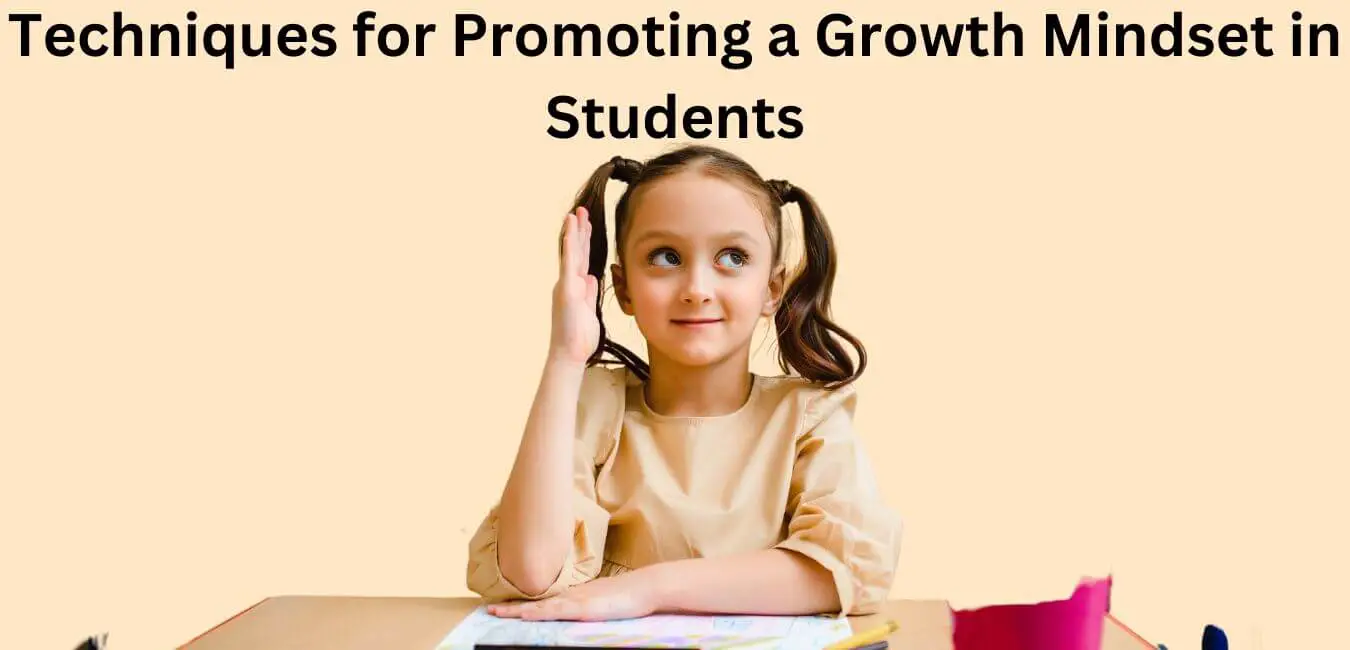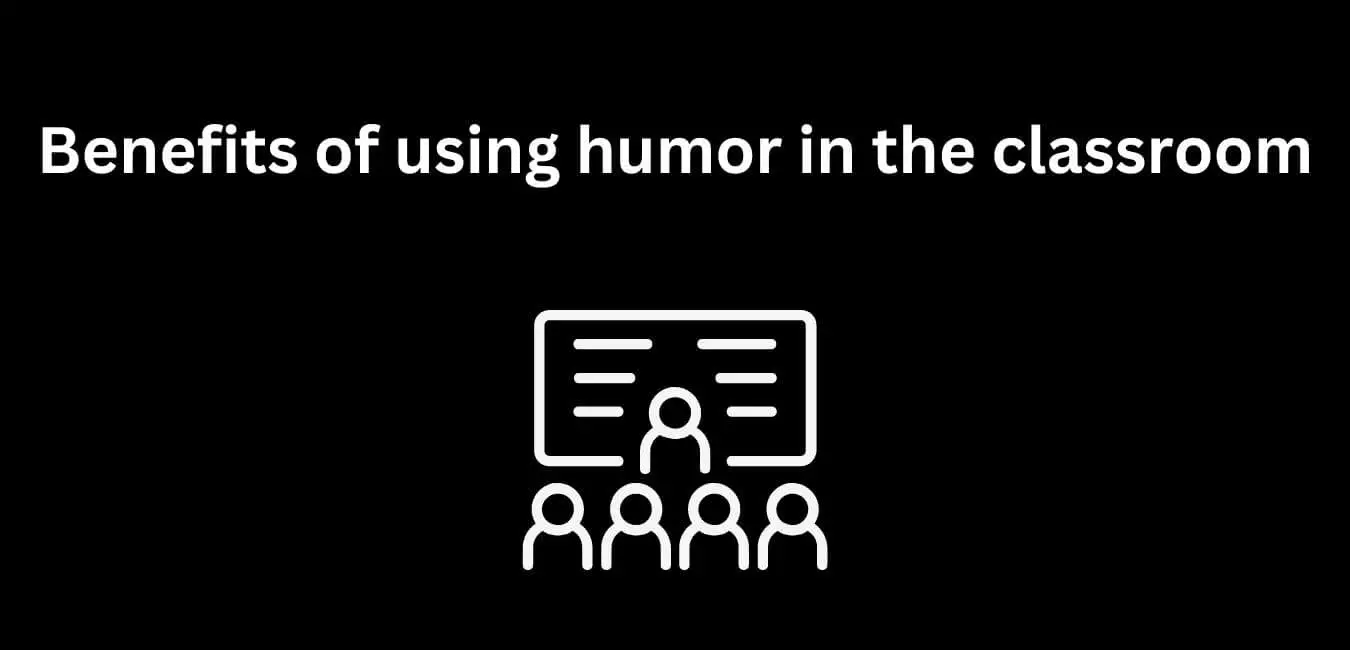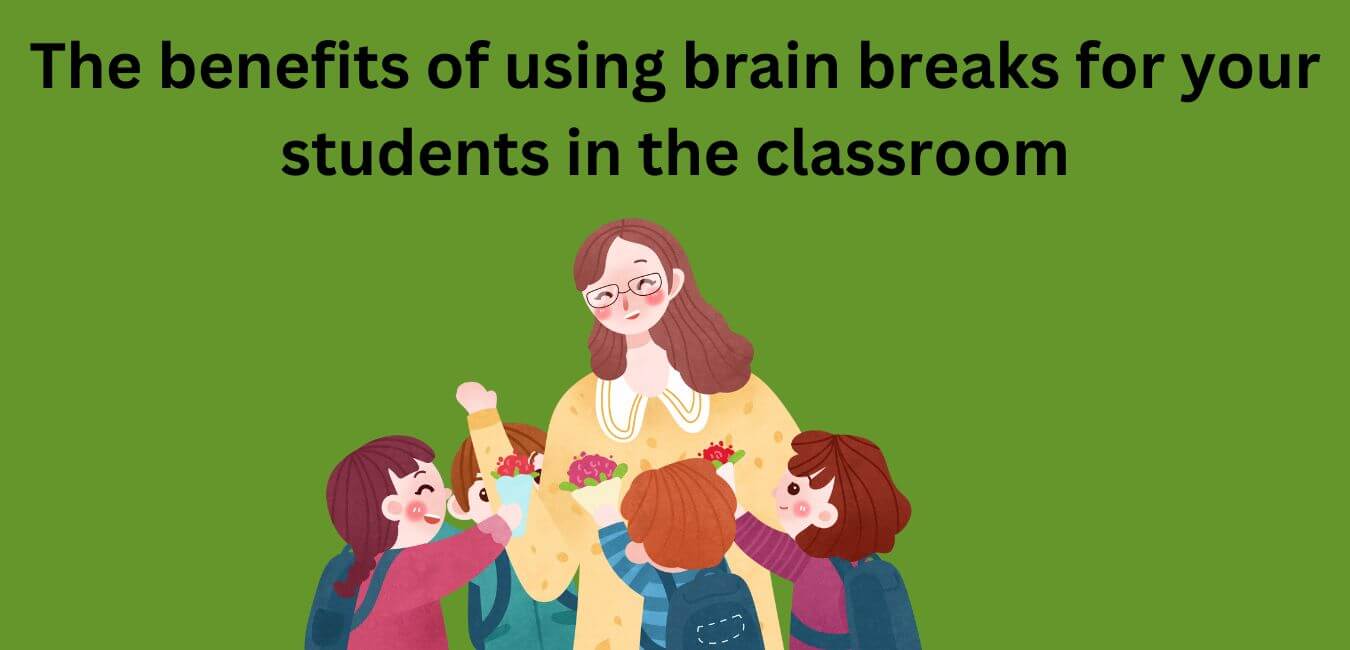As a teacher, I’m thrilled to be sharing with you today the many benefits of using scaffolding in your classroom.
For those of you who may not be familiar, scaffolding refers to the instructional technique of breaking down complex tasks into smaller, more manageable steps that build upon one another. By providing students with support and guidance as they work towards mastering new skills and concepts, scaffolded instruction can help promote academic success and boost learner confidence.
So why should you consider incorporating scaffolding techniques into your teaching practice? Well, for starters, using scaffolding in the classroom has been shown to enhance student engagement and motivation by creating a sense of accomplishment and progress toward a goal. Additionally, scaffolded instruction can help ensure that all learners have access to challenging content, regardless of their prior knowledge or skill level.
So if you’re looking for ways to create a more inclusive and effective learning environment, read on to discover 11 key benefits of using scaffolding in the classroom.
Why Use Scaffolding in Your Classroom?
1. Breaking Down Complex Tasks
Like a mountain climber facing a daunting peak, students can feel overwhelmed when faced with complex tasks in the classroom. But just as a climber uses ropes and gear to reach the summit, teachers can use scaffolding techniques to help their students conquer even the most challenging assignments.
By breaking down complex tasks into smaller, more manageable steps, teachers can provide instructional clarity that helps students stay focused and on track. Task simplification is an essential component of effective scaffolding. By dividing a complex task into smaller, more digestible chunks, teachers can help students feel less intimidated by the work ahead.
This approach can also help students see how individual components fit together to form a larger whole. For example, when teaching essay writing, educators might break down the task of crafting an argumentative thesis statement into several steps: brainstorming ideas, selecting supporting evidence, and organizing thoughts into a clear statement.
Instructional clarity is another critical benefit of scaffolding techniques. When presented with unclear or ambiguous instructions, many students may become frustrated or disengaged. However, by providing step-by-step guidance through each phase of an assignment, teachers can help ensure that all students understand what is expected of them.
This level of clarity not only reduces stress but also allows learners to focus on developing critical thinking skills rather than worrying about whether they are doing things correctly. As educators know well, building student confidence is key to creating successful learners. Through careful task simplification and instructional clarity via scaffolding techniques, teachers can empower their students to tackle even the most complex assignments with ease and confidence.
2. Building Student Confidence
Now that we have discussed breaking down complex tasks, let’s talk about how scaffolding can build student confidence. As a teacher, it’s important to recognize that every student has different needs and abilities. Scaffolding provides support to help students reach their full potential.
Peer feedback is one way to enhance student confidence through scaffolding. When students receive feedback from their peers, they are more likely to feel comfortable taking risks and trying new things. This type of support allows them to see the value in their own ideas and fosters a sense of community in the classroom.
Another way to build confidence is through incremental learning. With scaffolding, students are provided with small steps toward achieving a larger goal. This approach helps students feel less overwhelmed and more successful as they progress toward mastery. Additionally, differentiation strategies can be used to tailor instruction to meet individual student needs, further building confidence.
Self-reflection is also an important component of scaffolding for building student confidence. Encouraging students to reflect on their own learning process allows them to take ownership of their growth and recognize their own achievements. By providing opportunities for self-reflection, teachers can help students develop a growth mindset and become more confident learners.
As we continue our exploration of the benefits of scaffolding in the classroom, we will now turn our attention toward enhancing student engagement. When students are engaged in the learning process, they are more likely to retain information and develop critical thinking skills. Let’s explore how scaffolding can help increase engagement in the classroom.
3. Enhancing Student Engagement
I’m an educationist, and I can tell you that using scaffolding in the classroom is an effective way to enhance student engagement and improve learning outcomes.
Through scaffolding, students are encouraged to be creative in their learning, collaborate with peers and increase their motivation to learn. It helps to break down complex tasks into smaller, manageable steps that students can more easily comprehend, and provides them with the necessary support and guidance to complete tasks.
Through scaffolding, students learn to think more critically, work more collaboratively, and become more independent learners. Scaffolding also encourages students to take ownership of their learning and to think outside the box.
It’s an invaluable tool for teachers who want to provide their students with an engaging learning experience.
Creative Learning
Have you ever felt stuck in a classroom where the traditional teaching methods only bore you to death? It’s time to break free from that monotony with creative learning strategies that will inspire students to learn and engage.
As an educational scaffolding specialist, I strongly suggest incorporating group projects and hands-on activities as they encourage collaboration, communication, and problem-solving skills. These types of activities provide opportunities for students to think critically about relevant issues while also having fun.
Incorporating technology is another way to enhance student creativity in the classroom. With numerous digital tools available, educators can create interactive lessons that are more engaging and relevant to students’ interests. For instance, using virtual reality or augmented reality technology can transport students into different worlds where they can explore concepts in a more immersive way. This approach helps retain more information because it appeals to multiple senses.
Lastly, one of the most significant benefits of creative learning is its ability to foster a sense of autonomy among learners. By providing opportunities for student creativity, educators give learners the chance to take ownership of their education and become active participants in their learning process. When students feel empowered and invested in their studies, they’re more likely to stay engaged throughout the school year.
So let’s embrace creative learning strategies that incorporate group projects, hands-on activities, technology, and student creativity for a more fulfilling educational experience.
Collaborative Problem-Solving
As an educational scaffolding specialist, I understand the importance of enhancing student engagement in the classroom. One effective way to achieve this is through collaborative problem-solving. Group brainstorming sessions allow students to work together, share their ideas and learn from one another. By working in groups, students are able to develop their communication skills and learn how to work effectively as a team.
In addition, peer assessment can be incorporated into collaborative problem-solving activities. This allows students to receive feedback from their peers which not only helps them improve their work but also encourages them to take ownership of their learning process. When students feel that they have a say in how they are assessed, it can increase their motivation and engagement levels.
Collaborative problem-solving also helps students develop critical thinking skills and prepares them for real-world situations where teamwork is essential. By allowing students to work on authentic problems that require creative solutions, they are able to apply what they have learned in a meaningful way.
This approach not only enhances student engagement but also promotes lifelong learning by showing students the relevance of what they are learning in school.
So let’s embrace collaborative problem-solving as a way of enhancing student engagement in the classroom. By incorporating group brainstorming sessions and peer assessment into our teaching methods, we can create an environment where students are motivated to learn and feel empowered to take ownership of their education.
Increased Motivation
As an educational scaffolding specialist, I am always looking for ways to enhance student engagement in the classroom. One way to achieve this is by increasing student motivation.
When students are motivated, they are more likely to participate in class and engage with their peers. This can lead to a positive shift in classroom dynamics that benefits everyone involved.
To increase motivation, it’s important to create a learning environment where students feel valued and supported. This can be achieved through the use of collaborative problem-solving activities that allow students to work together and share their ideas.
By working in groups, students are able to develop a sense of belonging and ownership over their learning process. In addition, giving students choice and autonomy over their assignments can also increase motivation levels.
When students have a say in what they learn and how they learn it, they become more invested in the material and are more likely to engage with it on a deeper level. By incorporating these strategies into our teaching methods, we can create a classroom environment that fosters increased student participation, engagement, and motivation.
4. Increasing Student Motivation
Picture yourself in a classroom where students are engaged and motivated to learn. The atmosphere is electric with excitement, and the students are eager to participate. This is the kind of learning environment that can be created through effective scaffolding techniques.
I have witnessed how motivating strategies and student engagement techniques can transform a classroom.
Motivating strategies involve using various methods to inspire students to take an active role in their learning. One such strategy is goal setting, where students are encouraged to set achievable goals for themselves. By working towards these goals, students feel a sense of accomplishment and self-worth, which motivates them to continue learning.
Another powerful motivating strategy is feedback. Providing regular feedback on student performance helps them understand what they are doing well and what they need to improve upon. This type of feedback not only motivates students but also helps them develop critical thinking and problem-solving skills.
Student engagement techniques involve creating opportunities for students to interact with each other and the material being taught. One such technique is hands-on learning, where students actively participate in activities that reinforce key concepts. This type of learning encourages creativity, critical thinking, and collaboration among peers.
By using a combination of motivating strategies and student engagement techniques, teachers can create a classroom environment that fosters freedom of expression while still meeting academic goals.
In the next section, we will explore how scaffolding can be used to foster collaboration among students without sacrificing individuality or creativity.
5. Fostering Collaboration
I believe scaffolding is a great tool for fostering collaboration in the classroom.
It encourages students to work together as a team and practice communication skills.
By scaffolding tasks and activities, we can create an environment that promotes cooperation and effective communication among students.
In addition, scaffolding helps to create an atmosphere of support, trust, and respect, which are essential elements of successful team collaboration.
Encouraging Teamwork
Picture this: a classroom where students are working together on a group project, each member contributing their unique strengths and ideas towards a common goal. The atmosphere is one of collaboration, with everyone eager to participate and help one another.
As an educational scaffolding specialist, I know firsthand the benefits of encouraging teamwork in the classroom.
Collaborative problem-solving is an essential skill that students need to develop as they prepare for their future careers. By working on group projects, students learn how to communicate effectively with others, share responsibilities, and delegate tasks. This not only helps them achieve better results but also prepares them for the real world where teamwork is crucial for success.
Group project management is another area where teamwork can have a significant impact. When students work together on a project, they not only learn how to manage their time more efficiently but also how to work within a team structure. By dividing tasks among team members and collaborating on deadlines, students can learn valuable skills that will serve them well throughout their academic and professional careers.
Incorporating collaborative learning activities into the classroom can be a powerful way to foster teamwork and encourage students to work together towards common goals. Not only does it help students build important interpersonal skills, but it also creates a sense of community within the classroom.
By encouraging teamwork in this way, teachers can create an environment where students feel empowered to take ownership of their learning and work collaboratively towards achieving their goals – without sacrificing their individual freedom.
Promoting Communication
As an educational scaffolding specialist, I firmly believe that fostering collaboration in the classroom is essential for student success. Not only does it help students build important interpersonal skills, but it also creates a sense of community within the classroom. However, promoting teamwork alone is not enough to achieve this goal – communication must also be encouraged.
One effective way to promote communication among students is through group discussions. Encouraging students to share their thoughts and ideas with one another allows them to develop their communication skills while also learning from their peers. This can be particularly valuable when working on group projects, as it allows each member to contribute their unique perspectives toward a common goal.
Role-playing scenarios can also be used to promote communication and collaboration in the classroom. By assigning different roles to each student and requiring them to work together towards a common objective, they can learn how to effectively communicate with one another while developing important problem-solving skills. This type of activity not only promotes teamwork, but also helps students understand the importance of effective communication in achieving shared goals.
Incorporating collaborative learning activities that promote both teamwork and communication into the classroom can empower students to take ownership of their learning and work together towards achieving their goals – all while maintaining their individual freedom. By doing so, teachers can create an environment where students feel supported and motivated to succeed, ultimately leading them toward success both academically and professionally.
6. Encouraging Critical Thinking
Now that we have discussed the importance of fostering collaboration in the classroom, let’s move on to another crucial aspect of teaching: encouraging critical thinking.
As an educational scaffolding specialist, I firmly believe that one of the most effective ways to promote critical thinking is through brainstorming techniques. Brainstorming involves generating ideas and solutions to a particular problem or question.
By encouraging students to share their thoughts and ideas, teachers can create an environment that fosters creativity and innovation. One effective method for brainstorming is to use questioning strategies. Asking open-ended questions can help students think more deeply about a topic and consider multiple perspectives.
In addition to promoting critical thinking skills, using brainstorming techniques and questioning strategies also promotes active learning. When students are engaged in the process of generating ideas and solutions, they are actively participating in their own learning experience. This type of active engagement leads to better retention of information and a deeper understanding of concepts.
Moving forward, it’s important for teachers to incorporate these strategies into their lesson plans in order to maximize student success. By creating a collaborative and engaging classroom environment that encourages critical thinking through brainstorming techniques and questioning strategies, we can empower our students with the tools they need for lifelong learning. So let’s continue exploring ways we can promote active learning in our classrooms.
7. Promoting Active Learning
Imagine a classroom where students are actively engaged in learning, working together to solve complex problems and projects. This type of environment is not just a dream, it is the reality of using scaffolding techniques in the classroom.
Group activities and problem-solving tasks are perfect examples of how scaffolding can promote active learning. Project-based learning involves engaging students in real-world scenarios where they work collaboratively to develop solutions to complex problems. By breaking down the project into manageable steps, students gain confidence and become more motivated to learn. Peer teaching is also an effective method of scaffolding, where students learn from each other by sharing their understanding and knowledge.
Incorporating these scaffolding techniques into your classroom will allow for more student-centered instruction that promotes critical thinking skills and fosters creativity. By creating an environment where students feel free to express themselves and collaborate with their peers, you provide them with the freedom to learn at their own pace while still being part of a supportive community.
Next, we’ll explore how providing accessible content can further enhance this student-centered approach to learning.
8. Providing Accessible Content
When it comes to creating a classroom environment that is inclusive and accessible to all students, Universal Design for Learning (UDL) should be at the forefront of every educator’s mind. UDL is a framework that aims to create learning opportunities that are flexible and adaptable, while also challenging and engaging for all learners.
Differentiated instruction is another critical component of creating an inclusive classroom. This approach acknowledges that students have different learning styles, needs, and abilities; thus, instruction should be tailored to meet each student’s individual needs.
Inclusive education means creating a learning environment where all students feel valued, respected, and supported in their learning journey. Providing accessible content is crucial to achieving this goal. Multimodal learning strategies can help ensure that content is accessible to all students regardless of their individual abilities or disabilities.
For example, providing written material in multiple formats such as text-to-speech or closed captioning can make the material more accessible for students with hearing or visual impairments.
Universal Design and Differentiated Instruction are key frameworks for creating an inclusive classroom environment. By using these approaches, educators can create flexible and adaptable learning opportunities that meet the diverse needs of all learners.
Incorporating multimodal learning strategies ensures that content is accessible to all students regardless of their abilities or disabilities. Inclusive education benefits everyone by promoting diversity and equity in the classroom.
As educators, we need to adapt our teaching practices to meet the needs of our diverse student population continually. Adapting to student needs involves assessing each student’s strengths and challenges consistently, providing timely feedback and support throughout the learning process, and making adjustments as needed along the way.
By doing so, we can create a truly inclusive classroom where every student feels supported in their academic growth and success.
9. Adapting To Student Needs
I’m a big believer in differentiated instruction and scaffolding in the classroom.
I find that it’s an effective way to personalize learning for each student and provide a variety of activities for them.
Scaffolding allows teachers to differentiate instruction by adapting materials to match the student’s individual needs.
It also allows teachers to make learning meaningful and relevant by connecting it to the student’s interests.
By providing a variety of activities, scaffolding helps to break up the monotony of the traditional classroom setting and engage students in meaningful and relevant learning experiences.
These activities can range from hands-on activities to online activities, such as simulations and interactive games.
Scaffolding is an effective tool for adapting to student needs and can help teachers create an engaging and meaningful learning environment.
Differentiated Instruction
Being a teacher, I have seen firsthand the benefits of using differentiated instruction in the classroom. By utilizing technology and allowing for student autonomy, teachers can explore differentiated instruction beyond the basics.
One major benefit of this approach is that it allows educators to adapt their teaching to meet the unique needs of each student. Differentiated instruction also helps students feel more engaged and motivated in their learning. When students are given choices and are able to work at their own pace, they feel a greater sense of ownership over their education.
This approach encourages students to take responsibility for their own learning and fosters a love of learning that lasts well beyond the classroom. Another advantage of differentiated instruction is that it allows teachers to challenge high-achieving students while providing support for struggling learners.
By offering different levels of complexity within assignments or assessments, teachers can ensure that all students are appropriately challenged and supported. Ultimately, by embracing differentiated instruction techniques, teachers can help foster a positive classroom environment where every student feels valued and respected.
Personalizing Learning
I have seen how individualized instruction can greatly benefit students by adapting to their unique needs. One approach that has gained popularity in recent years is personalizing learning through differentiated instruction. This method involves tailoring lessons and assignments to match the learning style, interests, and abilities of each student.
By utilizing different teaching strategies and allowing for flexible pacing, teachers can create a more engaging and motivating experience for their students. For example, some learners may prefer visual aids or hands-on activities over traditional lectures or readings. Others may need additional support or guidance to grasp certain concepts. By providing personalized attention and feedback, educators can help each student reach their full potential.
Differentiated learning also benefits high-achieving students by challenging them with more complex assignments or projects. This approach encourages them to push themselves further while still receiving support from their teacher.
Similarly, struggling learners can receive extra assistance through one-on-one tutoring or small-group instruction. Ultimately, personalized learning leads to a more positive classroom environment where every student feels valued and respected for their unique qualities and contributions.
Variety Of Activities
As an experienced scaffolding specialist, I know that adapting to student needs is crucial for creating a successful learning environment.
One way to achieve this is by offering a variety of activities that cater to different interests and learning styles. By incorporating group projects into the curriculum, students can learn how to collaborate and communicate effectively while also gaining valuable knowledge on the subject matter.
Moreover, differentiated instruction can be used to personalize these activities even further. For example, some students may prefer working in groups while others may excel individually. By allowing for flexible options, teachers can create a more engaging and motivating experience for their students.
Overall, providing a variety of activities not only keeps students interested but also promotes critical thinking and problem-solving skills.
As an educational scaffolding specialist, I understand the importance of adapting to student needs in order to foster a positive and effective learning experience.
10. Improving Student Performance
As we discussed in the previous section, adapting to student needs is crucial for effective teaching. One method that has been proven to be successful in this regard is the use of scaffolding techniques in the classroom. But how do we measure the effectiveness of scaffolding? Is it really worth the extra effort?
Research studies have shown that implementing scaffolding strategies leads to increased student engagement, motivation, and achievement. In fact, a study conducted by Rosenshine and Meister (1994) found that students who received scaffolded instruction outperformed those who did not. Furthermore, these benefits were found across all subject areas and grade levels.
To better understand the impact of scaffolding on student success, let’s take a closer look at some case studies. In one study, a group of struggling readers was provided with scaffolded reading materials and support from their teacher. As a result, their reading comprehension scores improved significantly compared to their peers who did not receive such support. Another study focused on math instruction and found that students who received scaffolded lessons showed higher levels of understanding and retention than those who did not.
Measuring Effectiveness:
| Benefits | Explanation | Examples |
|---|---|---|
| Increased Engagement | Students are more interested in learning when they feel supported | Asking open-ended questions during discussions |
| Improved Motivation | Scaffolding helps students build confidence in their abilities | Providing positive feedback regularly |
| Higher Achievement | Students achieve better results when given appropriate support | Breaking down complex tasks into smaller steps |
Case Studies:
| Study Focus | Results |
|---|---|
| Reading Comprehension | Struggling readers showed significant improvement with scaffolded materials and support from teacher |
| Math Instruction | Students who received scaffolded lessons demonstrated higher levels of understanding and retention |
Incorporating scaffolding techniques into your teaching practices can have a significant impact on boosting overall classroom success. By providing appropriate support and guidance, teachers can help students succeed academically and feel more confident in their abilities. In the next section, we will explore some specific strategies for improving student performance through scaffolding.
11. Boosting Overall Classroom Success
I have witnessed the benefits of scaffolding in the classroom firsthand. It not only helps students understand complex topics and reach their learning outcomes but also boosts overall classroom success.
By incorporating scaffolding techniques into your teaching, you can create a more dynamic and engaging learning experience for your students.
One way scaffolding can boost classroom success is by promoting student accountability. When students are given clear goals and expectations, they become more responsible for their own learning. With scaffolded instruction, each task builds on the previous one, allowing students to take ownership of their progress as they work towards achieving their goals.
Effective communication is another key benefit of using scaffolding in the classroom. As teachers, we want our students to be able to communicate clearly and effectively both in writing and orally. Scaffolding helps students develop these skills by providing opportunities for them to practice and receive feedback throughout the learning process.
Personalized instruction is also an essential component of scaffolding that leads to overall classroom success. Every student learns at their own pace, and with scaffolded instruction, teachers can differentiate instruction based on individual needs. This personalized approach ensures that each student receives the support they need to achieve their learning outcomes.
Four ways that personalized instruction can improve student outcomes:
- Encourages active participation.
- Increases motivation.
- Builds confidence.
- Provides opportunities for feedback.
By implementing scaffolding techniques in your teaching practice, you are creating an environment that promotes student accountability, effective communication, and personalized instruction, and ultimately leads to better learning outcomes. With this approach, every student has the opportunity to succeed while being supported throughout their educational journey.
Conclusion
As an educationist, I can confidently say that the benefits of using scaffolding in the classroom are numerous. From breaking down complex tasks to improving overall classroom success, scaffolding has proven to be a valuable tool for educators.
It’s ironic that some teachers may shy away from using scaffolding because they believe it will ‘spoon-feed’ students, when in reality it is empowering them to take on challenges and achieve academic success.
So don’t be afraid to implement scaffolding techniques in your classroom – your students will thank you for it. By building their confidence and enhancing their engagement, you’ll see a transformation in their motivation and performance.
Scaffolding truly is the key to unlocking student potential.
















